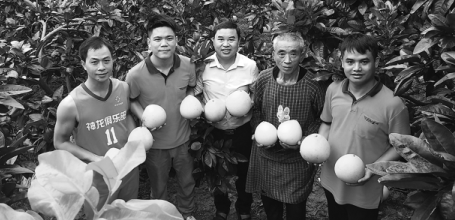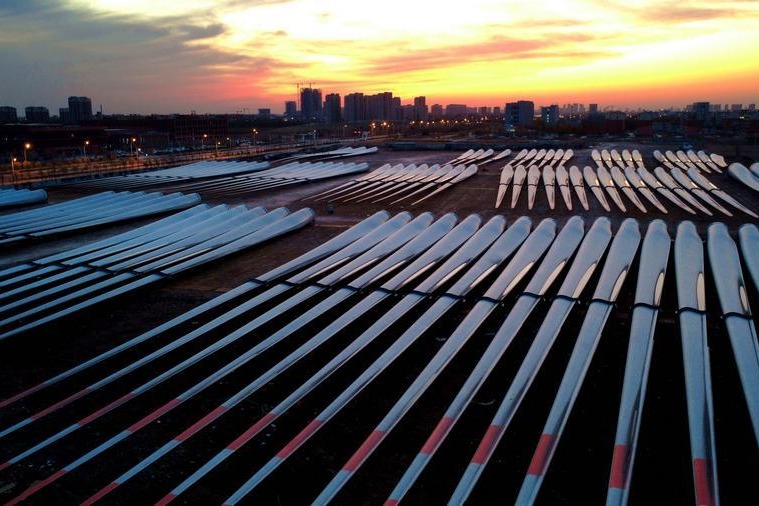Sanle village enjoys the many fruits of its labor

It's early December and Liu Jinyu is busy preparing for the harvest of the densely-laden tangerine trees on her farm in Sanle village, Huanjiang Maonan autonomous county of Guangxi Zhuang autonomous region.
"This year's tangerines are good," the 60-year-old says of fruit blooming across her 12-mu (0.8 hectares) land alongside the cedarwood she also cultivates. Harvests of both have already been sold to buyers from outside the region.
Liu says she is quite content with her life at the moment.
"I don't have to leave home and move around, looking for opportunities to make a living," she says.
"I can stay home and take care of my grandchild."
Before 2005, Liu led a meager life selling peppers and ginger.
"We could barely afford to have meat once a month," Liu recalls.
She had to take part-time jobs away from home to keep her family's heads above water when there was no farm work available.
"Local villagers mainly lived on rice paddies and corn plantations, and could hardly make ends meet," says Meng Zusheng, head of Sanle village.
Per capita income was around 300 yuan ($42.9) a year.
Things began to change in the village when Huanjiang county government joined forces with the Institute of Subtropical Agriculture of the Chinese Academy of Sciences in 1996, offering farming materials, such as seedlings, fertilizer and mulching films to local rural households.
The goal is to make Sanle an example for other poor areas looking to lift themselves out of poverty, says Huang Rongbiao, the county's Party secretary.
Technical training and farm produce sales services have been offered to villagers.
Now, Sanle has pine and cypress growing on its hilltops, Chinese chestnut, bamboo and various vegetables and fruits on the mountainsides, and rice down the mountain.
Annual per capita income of villagers rose to 12,810 yuan last year and everything looks nice and neat in the village now. The concrete roads are lined with lush green trees, while pink pomelos and tangerines are waiting for visitors to pick.
Zou Xiaofeng has been preparing for his strawberry plantation in Sanle since 2017.
The 32-year-old believes that the improvements to the village environment is promising for rural tourism development.
He spent 150,000 yuan on a 7-mu plot of land to grow strawberries in 2018.
"Travelers come to my place and pick fruit," Zou says.
He has decided to expand his strawberry plantation to 30 mu, and develop a family restaurant and agriculture education facility to entice more future travelers to visit.

Today's Top News
- Another sign of Japan's right-wingers' dangerous ambition to break free of all postwar constraints
- Hainan's special customs operations start strong
- Macao SAR holds flag-raising, reception to mark 26th anniversary of return to motherland
- China issues rules to regulate pricing practices of internet platforms
- US hits over 70 IS-linked targets in Syria in massive retaliatory strikes
- Coffee needs cooperation, not confrontation






























